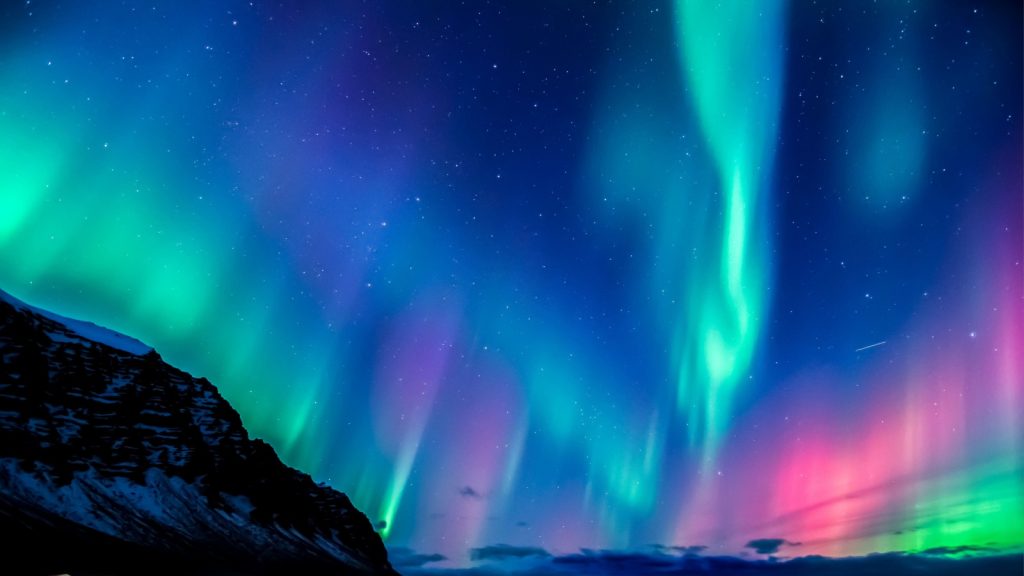The night sky is always full of surprises, and this year is no exception. From stunning meteor showers to rare planetary alignments, here are 14 extraordinary astronomical events that you won’t want to miss in 2024.
1. Eta Aquarid Meteor Shower (April 15 – May 27, 2024)
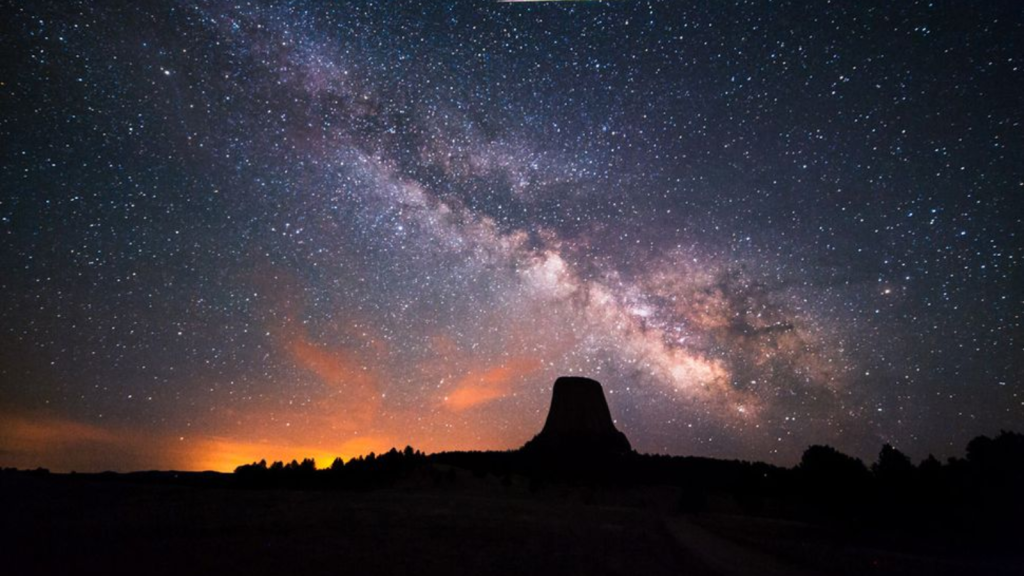
The Eta Aquarid meteor shower is one of the most spectacular celestial events of the year. Peaking on May 6, this meteor shower is known for its fast and bright meteors, which can produce up to 60 shooting stars per hour. The best time to view the Eta Aquarids is during the early morning hours, just before dawn.
2. Perseid Meteor Shower (July 17 – Aug. 24, 2024)
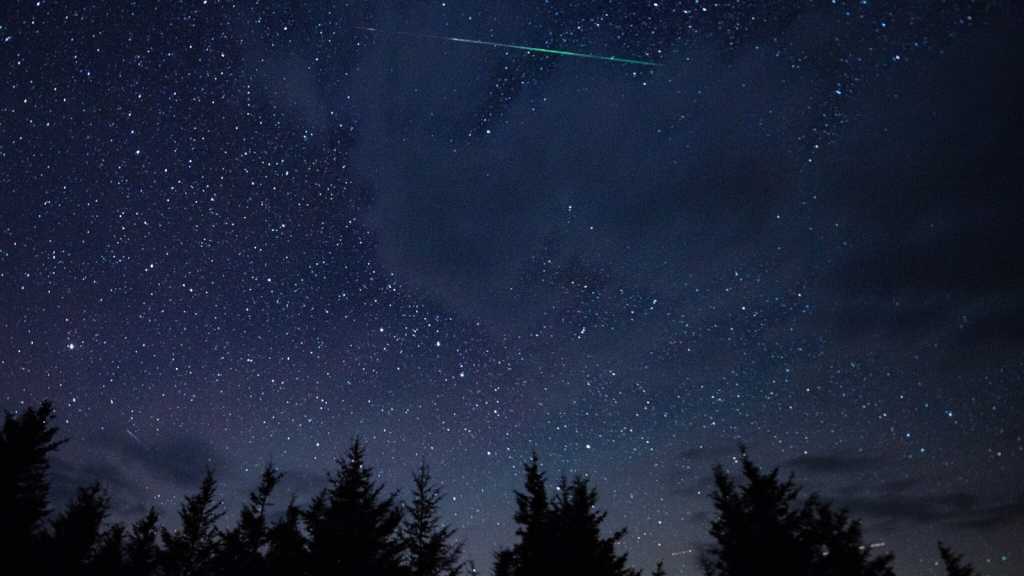
The Perseid meteor shower is another highly anticipated event, known for its high rate of meteors and brilliant fireballs. Peaking on August 12-13, the Perseids can produce up to 100 meteors per hour under ideal conditions. To best enjoy this meteor shower, find a dark location away from city lights and look towards the constellation Perseus.
3. Partial Lunar Eclipse (Sept. 18, 2024)
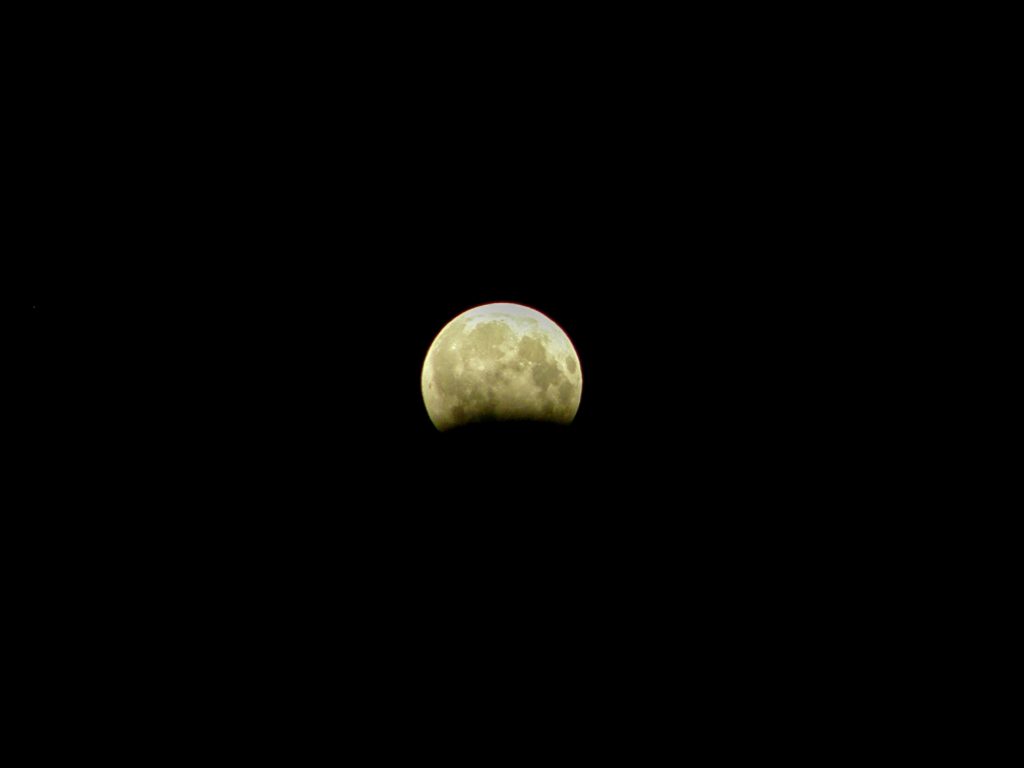
On September 18, 2024, a partial lunar eclipse will be visible from parts of Europe, Asia, Australia, Africa, and South America. During this event, the Earth’s shadow will cover a portion of the Moon’s surface, creating a stunning visual effect. The eclipse will begin at 16:44 UTC and reach its maximum at 18:13 UTC.
4. Annular Solar Eclipse (Oct. 2, 2024)
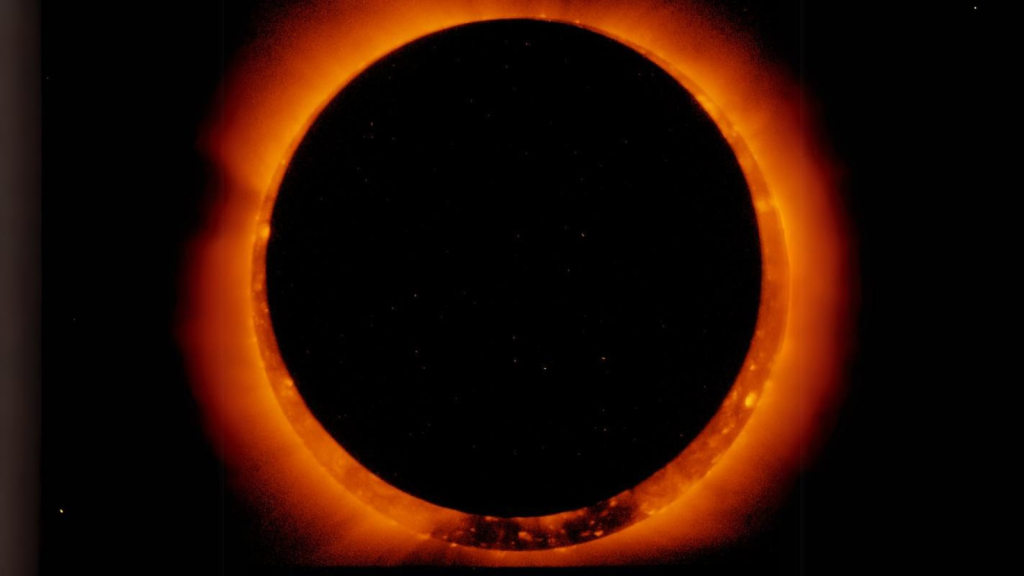
An annular solar eclipse occurs when the Moon is too far from the Earth to completely cover the Sun’s disk, resulting in a ring of light around the Moon’s silhouette. On October 2, 2024, this rare event will be visible from parts of the Pacific, South America, and Antarctica. Remember to use proper eye protection when viewing any solar eclipse.
5. Opposition of Mars (Nov. 2024)
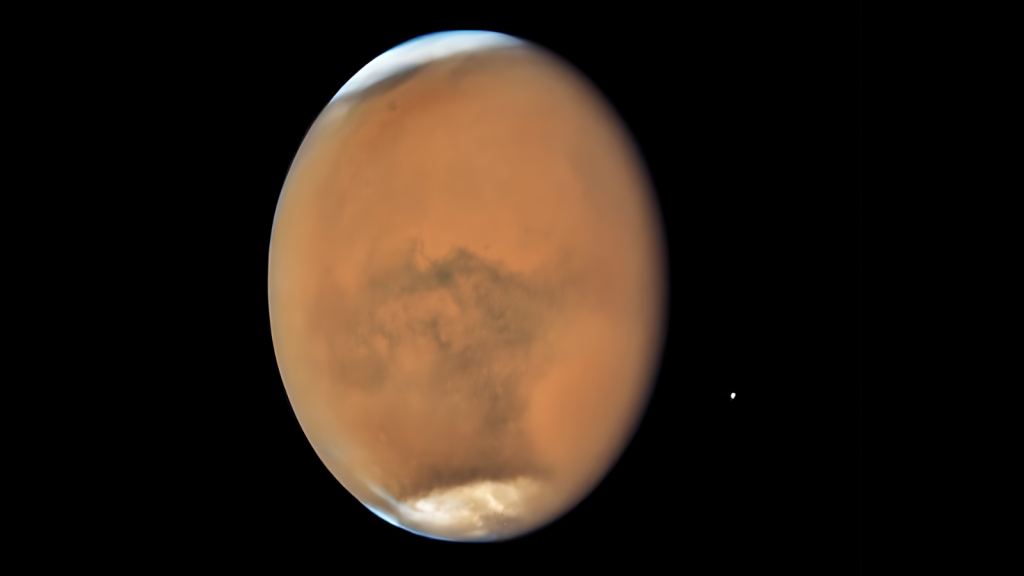
Every two years, Mars reaches a point in its orbit called opposition, where it is directly opposite the Sun in Earth’s sky. During this time, Mars appears brighter and larger than usual, making it an excellent opportunity for observation. In November 2024, Mars will be at its closest approach to Earth, offering stunning views of the Red Planet.
6. Geminid Meteor Shower (Dec. 4-17, 2024)
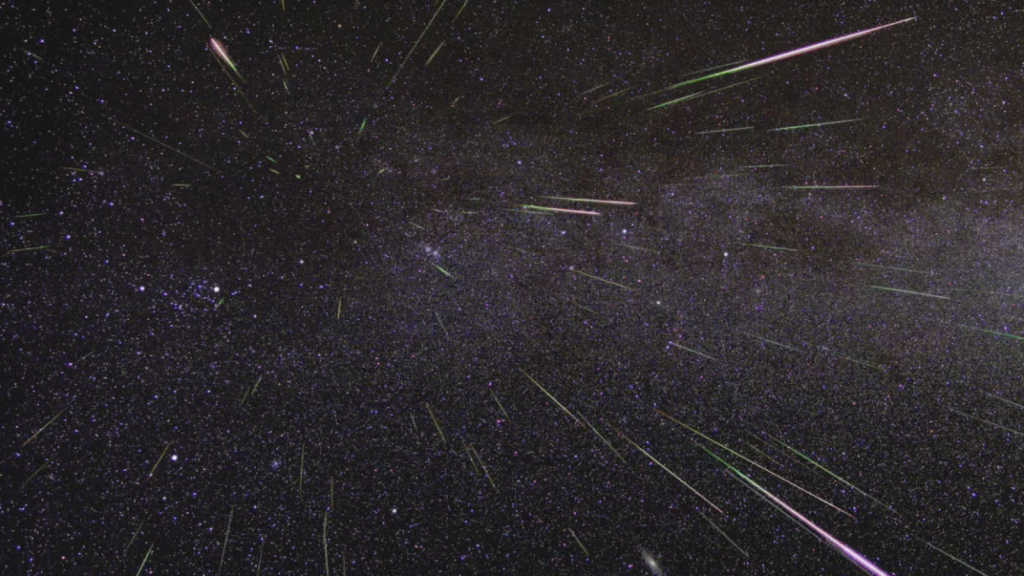
The Geminid meteor shower is considered one of the best meteor showers of the year, with up to 150 meteors per hour at its peak. Originating from the asteroid 3200 Phaethon, the Geminids are known for their bright, multi-colored meteors and fireballs. The peak of the shower is expected on December 13-14, 2024.
7. Venus-Jupiter Conjunction (Dec. 2024)
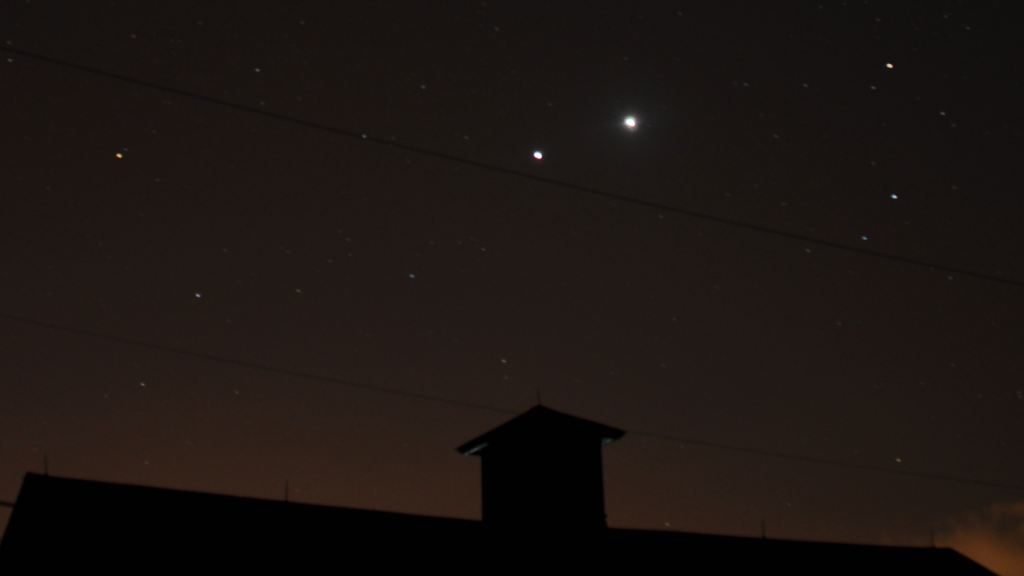
In December 2024, Venus and Jupiter will appear to pass very close to each other in the evening sky, creating a stunning sight. This event, known as a conjunction, occurs when two celestial bodies appear close together from Earth’s perspective. Look towards the western horizon just after sunset to catch a glimpse of this beautiful pairing.
8. Northern Lights (Aurora Borealis)
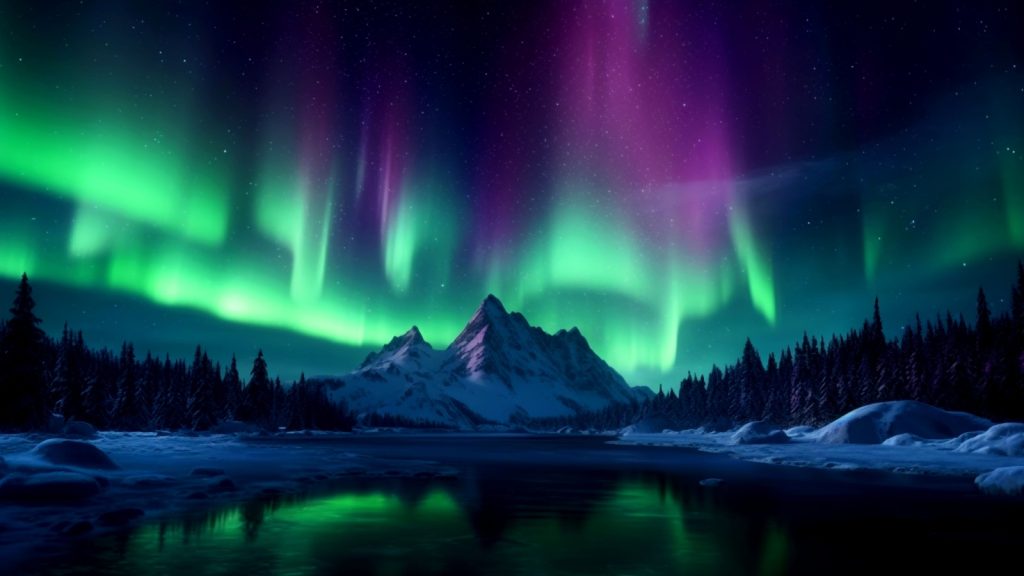
The Northern Lights, or Aurora Borealis, are a mesmerizing display of colorful lights in the night sky, caused by charged particles from the Sun interacting with Earth’s magnetic field. While they can be seen throughout the year, the best time to view them is during the winter months in the Northern Hemisphere, particularly near the Arctic Circle.
9. Southern Lights (Aurora Australis)
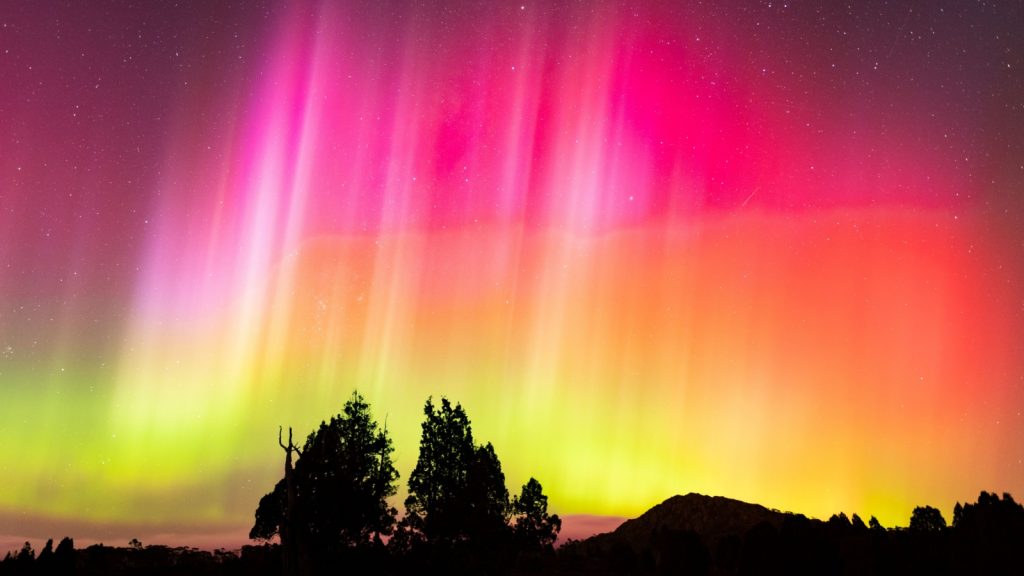
The Southern Lights, or Aurora Australis, are the southern counterpart to the Northern Lights, visible in the Southern Hemisphere. These awe-inspiring displays can be seen from countries such as Australia, New Zealand, Argentina, and Antarctica. Like the Northern Lights, the best time to view them is during the winter months, which in the Southern Hemisphere is from June to August.
10. Planetary Trio: Venus, Mars, and Moon (July 2024)
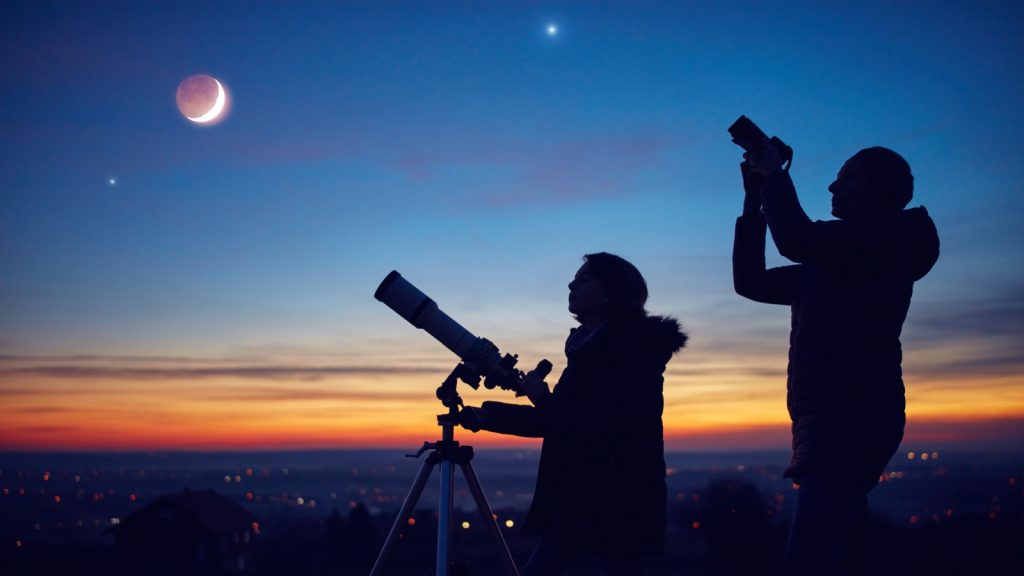
In July 2024, the planets Venus and Mars will appear close together in the night sky, joined by a thin crescent Moon. This picturesque grouping will be visible just after sunset, low in the western sky. Keep an eye out for this stunning celestial trio and marvel at the beauty of our solar system.
11. Lunar Occultation of Mars (Sept. 2024)
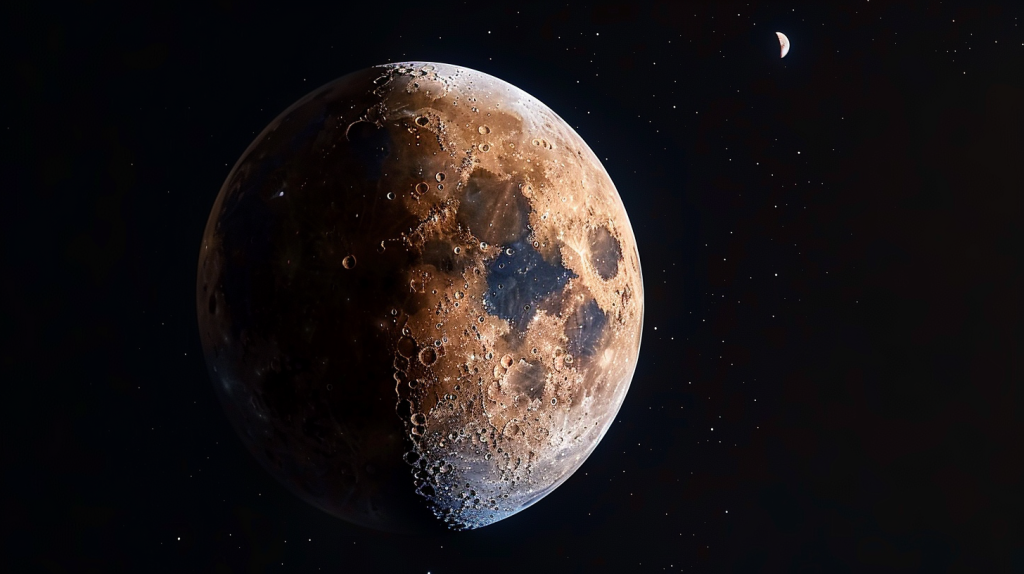
A lunar occultation occurs when the Moon passes in front of a planet or star, temporarily blocking its view from Earth. In September 2024, the Moon will occult Mars, providing a rare opportunity to witness the Red Planet disappearing behind the lunar disk. This event will be visible from parts of Europe, Africa, and Asia.
12. Leonid Meteor Shower (Nov. 6-30, 2024)
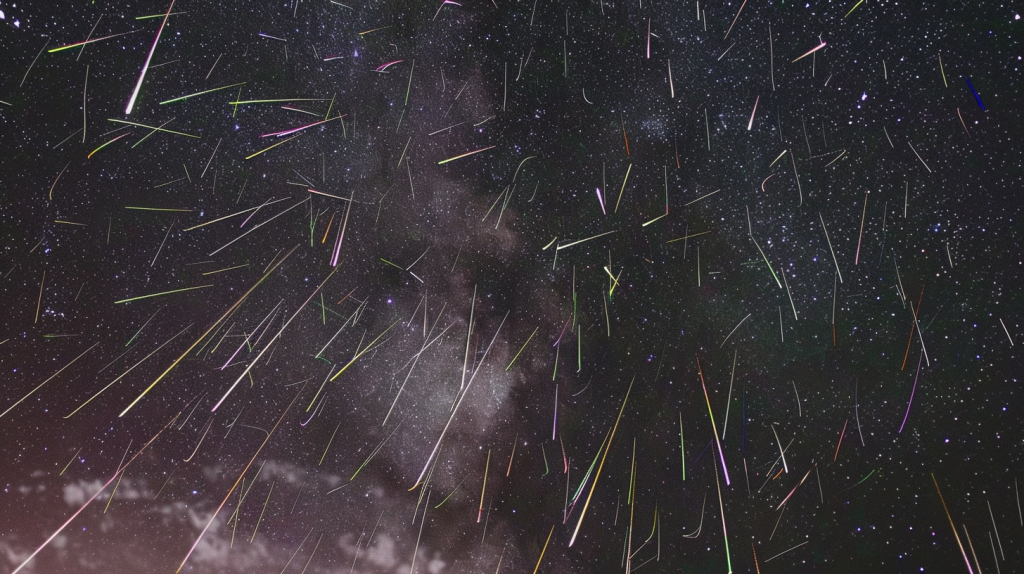
The Leonid meteor shower, associated with the comet 55P/Tempel-Tuttle, is known for producing spectacular meteor storms every 33 years. While no storm is expected in 2024, the Leonids will still put on a good show, with up to 15 meteors per hour at its peak on November 17-18. Look towards the constellation Leo to catch a glimpse of these swift, bright meteors.
13. Ursid Meteor Shower (Dec. 17-26, 2024)
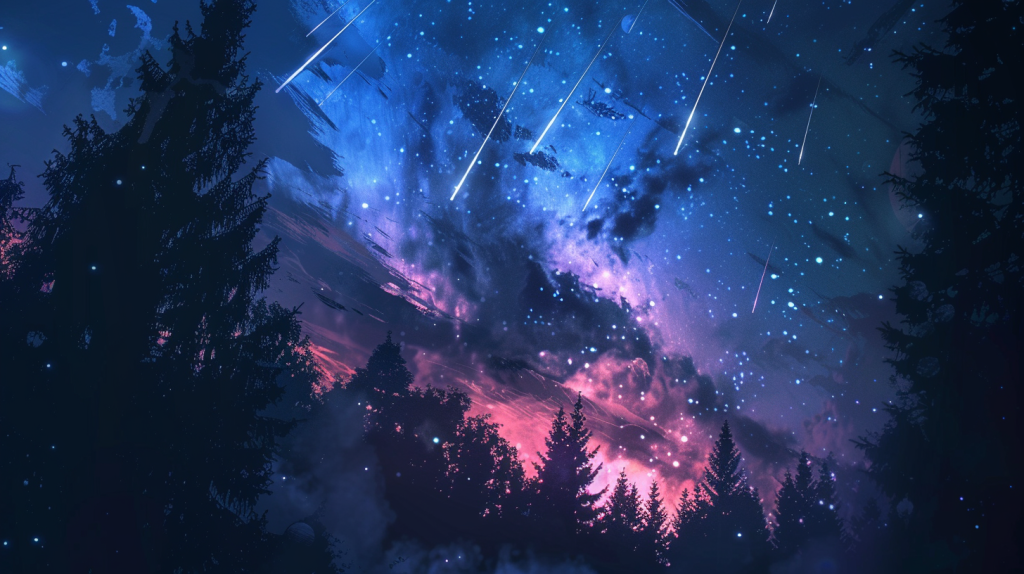
The Ursid meteor shower, named after the constellation Ursa Minor, is a minor meteor shower that occurs annually in December. Peaking on December 21-22, the Ursids typically produce around 5-10 meteors per hour. While not as prolific as other showers, the Ursids can still offer a pleasant viewing experience for dedicated skywatchers.
14. Mercury at Greatest Eastern Elongation (Aug. 2024)
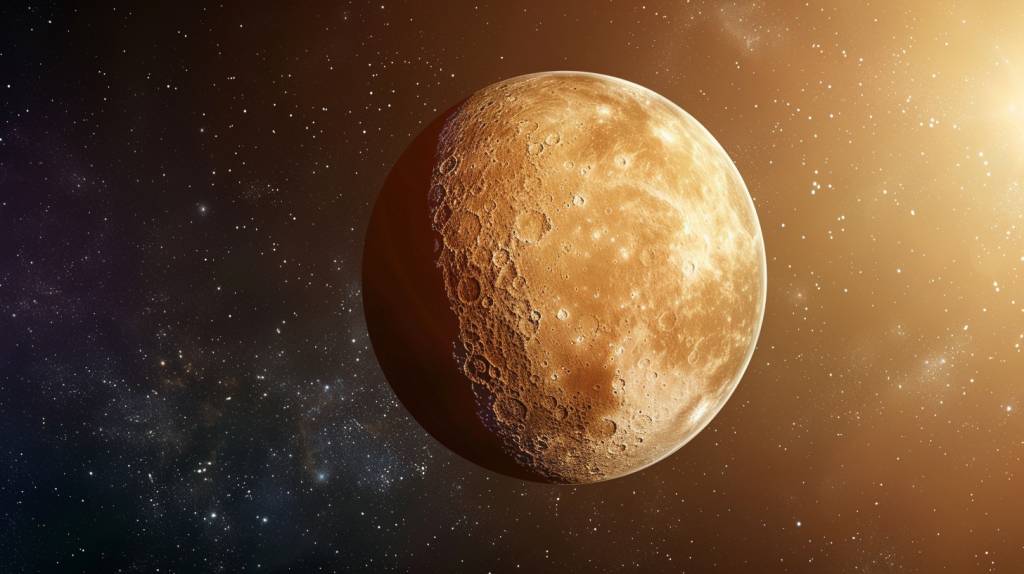
Mercury, the innermost planet of our solar system, is often difficult to observe due to its proximity to the Sun. However, during its greatest eastern elongation in August 2024, Mercury will be at its farthest point from the Sun in Earth’s sky, making it easier to spot. Look for the elusive planet low in the western sky just after sunset.
Katy Willis is a writer, master herbalist, master gardener, and certified canine nutritionist who has been writing since 2002. She’s finds joy in learning new and interesting things, and finds history, science, and nature endlessly fascinating.
